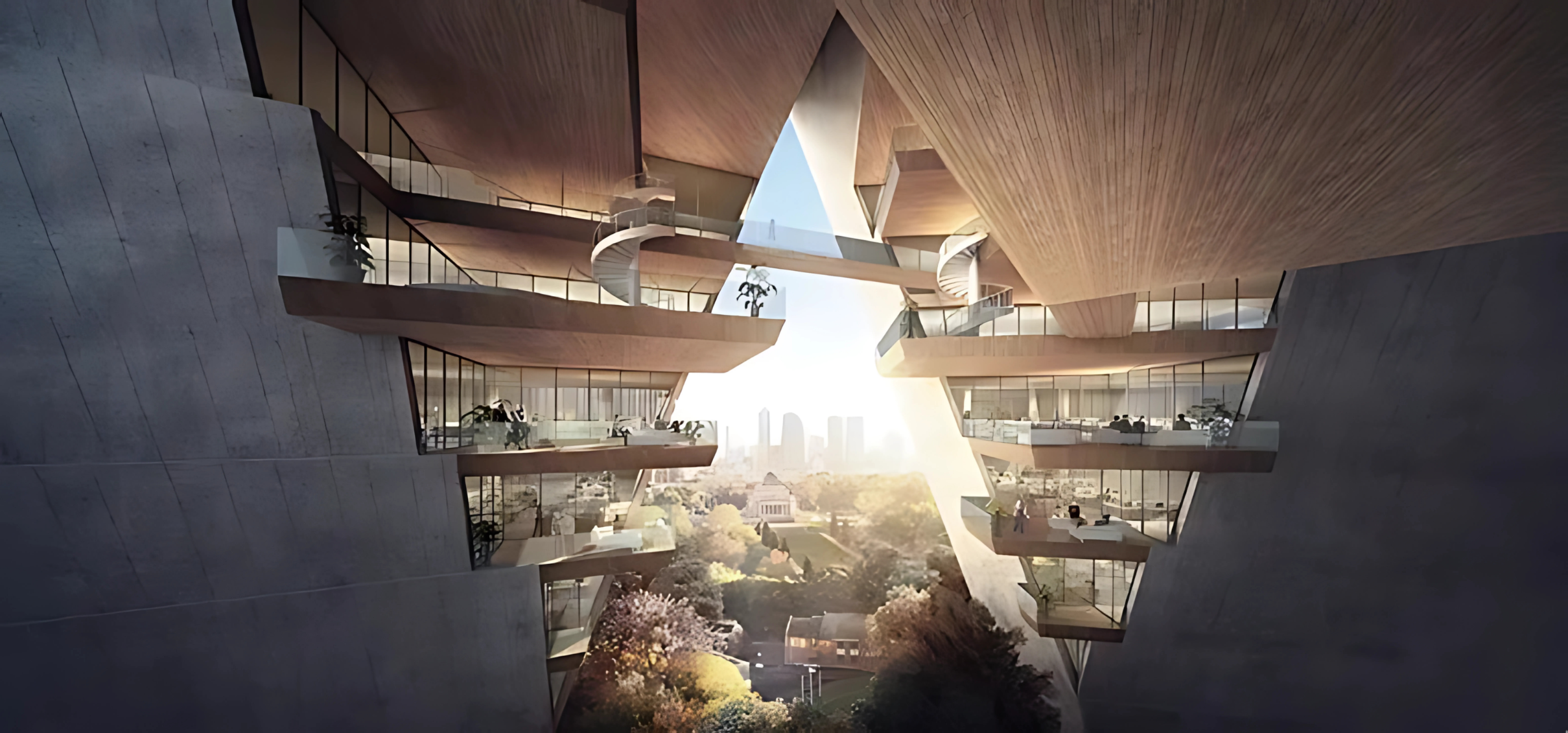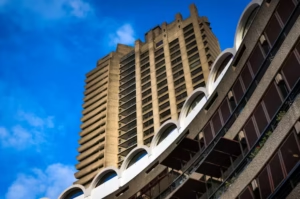Zero‑Carbon vs Energy‑Positive: Buildings are responsible for 36% of global energy use and 39% of carbon emissions. To combat climate change, architecture is shifting towards zero-carbon and energy-positive buildings.
- Net-zero buildings (ZEBs)generate as much energy as they consume annually using renewable sources.
- Energy-positive buildings, however, go further—producing surplus energy for the grid.
This blog explores their differences, key technologies, global case studies, and how they are leading the future of green architecture.

Zero‑Carbon vs Energy‑Positive
What is Net-Zero Energy?
Net-zero buildings rely on:
- On-site or off-site renewable energy
- Airtight and insulated envelopes
- High-efficiency HVAC systems
- Green building certifications like LEED, NZEB, or Passive House
These buildings balance what they consume with what they produce over a year.

What is a Plus-Energy Building?
Energy-positive (or plus-energy) buildings:
- Generate more renewable energy than they use
- Export surplus energy to the grid
- Align with frameworks like the EU EXCESS Project, emphasizing adaptability and user experience
They don’t just offset impact—they actively contribute to clean energy supply.

Global Case Studies in Energy-Positive Architecture
Sonnenschiff, Freiburg (Germany)
Built in 2004, this mixed-use solar complex produces 400% of its energy demand. Key features:
- Vacuum-insulated walls
- Triple-glazed windows
- Solar PV panels
- Heat-recovery ventilation
Sonnenschiff, Freiburg ;Germany/ credit:wikipedia.org
Bullitt Center, Seattle (USA)
Dubbed “the greenest commercial building”, it produces 30% more energy than it consumes. Features include:
- Solar rooftop
- Rainwater harvesting
- Geothermal wells
- Composting toilets

Powerhouse Brattørkaia & Kjørbo (Norway)
- Brattørkaia generates more energy than it uses with 2,500m² of PV and seawater heat pumps
- Kjørbo is a retrofit project, now the first energy-positive office renovation globally

EnergyX DY Building, Goyang (South Korea)
Completed in 2023, this 7-story smart building achieved:
- 7% energy autonomy
- ZEB Grade 1 rating (Korea)

Aktiv-Stadthaus, Frankfurt (Germany)
- This residential high-rise integrates:
- Thermal solar panels
- Photovoltaics
- Heat-recovery systems
It consistently exports more energy than it uses annually.

Sustainable Energy Fund Office, Pennsylvania (USA)
The state’s first energy-positive building uses:
- Triple-glazed curtain walls
- Geothermal HVAC
- Passive solar orientation
- Extensive PV systems
- Core Sustainable Design Strategies

Passive Design & Building Envelope
- Compact layout
- South-facing orientation
- High-performance insulation
- Airtightness
- Dynamic facades & triple-glazing
These reduce dependency on mechanical systems and improve occupant comfort.
On-site Renewable Systems
- Rooftop and facade PV arrays
- Geothermal or seawater heat pumps
- Solar thermal heating
These systems power lighting, heating, and cooling while reducing carbon emissions.
Smart Building Controls
IoT-based sensors and building automation systems help optimize:
- HVAC usage
- Daylighting & shading
- Occupancy-based energy loads
Examples: EDGE Amsterdam, Triodos Bank HQ use real-time energy dashboards.
Circular Design & Lifecycle Efficiency
- Reused and low-embodied carbon materials
- Modular construction for flexibility
- Timber and recyclable materials
- Lifecycle Assessment (LCA) tools to measure impact over time
Powerhouse Kjørbo reused structural elements and timber to lower total emissions.

Social & Urban Impact
Human Comfort
- High indoor air quality
- Thermal comfort
- Natural lighting
Designs emphasize well-being, mental health, and user control of the environment.
Energy Grid Support
- Bidirectional metering
- Battery storage systems
- EV charging integration
These buildings stabilize local energy grids, especially during peak demand.
Positive Energy Districts (PEDs)
Scaling up, districts like:
- Vauban in Freiburg
- Balaguer in Spain
Combine several buildings, community PV farms, microgrids, and shared storage to create regenerative neighborhoods.

Challenges vs. Opportunities
Challenges:
- High upfront cost
- Regulatory grid connection
- Embodied carbon complexity
- Design-performance mismatch
Solution / Opportunity
- Long-term savings, tax incentives, green finance
- Smart tariff reforms, net metering laws
- LCA tools, low-carbon materials, prefab systems
- Post-occupancy tuning, smart building analytics
The Future of Energy-Positive Architecture
From Premium to Standard
With decreasing solar, battery, and material costs, energy-positive buildings will become mainstream by 2030—especially in countries like Japan, Germany, and South Korea.
Smart Energy Ecosystems
Future buildings will:
- Store excess energy
- Charge electric vehicles
- Use AI to optimize usage
- Participate in peer-to-peer energy trading
Circular & Biophilic Integration
- Reuse of buildings and components
- Living walls, indoor greenery, daylight access
Biophilic design supports human and environmental health.
Regenerative Cities
From single buildings to city-wide networks, future urbanism will be powered by:
- Local energy microgrids
- Carbon-neutral transport
- Distributed storage and AI-driven optimization
Conclusion
Zero-carbon and energy-positive buildings are redefining sustainability—not just reducing emissions but producing surplus energy and improving life quality.
From Germany’s Sonnenschiff to South Korea’s DY Building, the global movement is accelerating. As this vision scales into districts and cities, we move closer to a regenerative future—where architecture actively heals the planet.
For more blogs like this kindly visit this:
for more information you can visit this as well;
https://www.archdaily.com/924325/powerhouse-brattorkaia-snohetta
https://www.archdaily.com/924325/powerhouse-brattorkaia-snohetta





